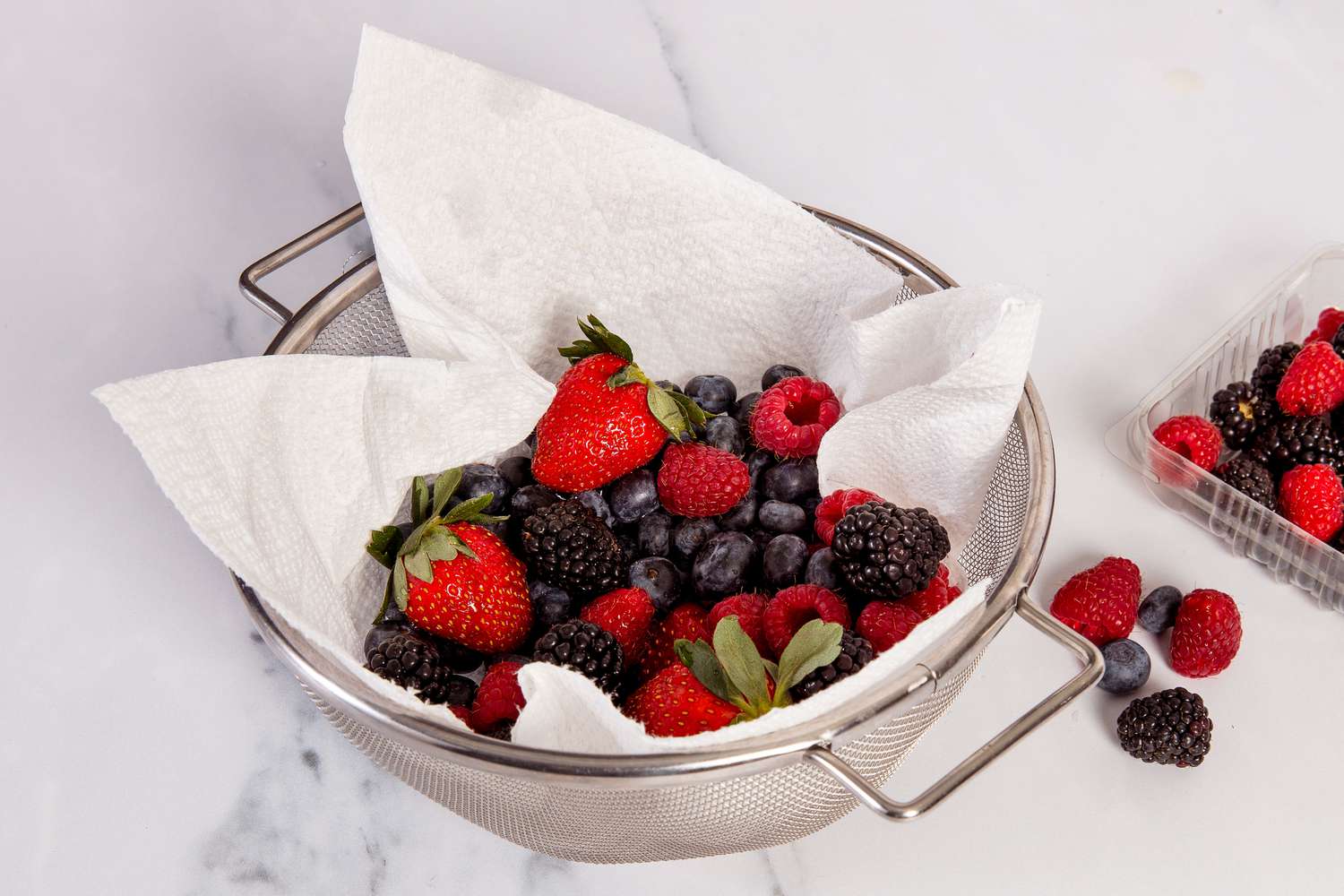

Articles
How To Store Fresh Berries
Modified: December 7, 2023
Learn effective strategies for storing fresh berries in this helpful article. Keep your berries fresh for longer and enjoy their deliciousness
(Many of the links in this article redirect to a specific reviewed product. Your purchase of these products through affiliate links helps to generate commission for Storables.com, at no extra cost. Learn more)
Introduction
Welcome to the world of fresh berries! Whether you have just picked them from your garden or purchased them from a local farmer’s market, getting these vibrant and flavorful fruits home is just the first step. The key to fully enjoying and prolonging the shelf life of fresh berries lies in proper storage techniques.
In this article, we will guide you through the steps to store fresh berries effectively, ensuring their quality and taste for as long as possible. From choosing the best berries to properly cleaning and drying them, we will cover all the necessary steps to make sure your berries stay fresh and delicious.
So, let’s dive in and explore the wonderful world of fresh berries and the best ways to store them!
Key Takeaways:
- Choose the freshest, vibrant berries and wash them carefully to maintain their flavor and texture. Remove any spoiled berries and store them in the refrigerator for optimal freshness.
- Freezing berries for long-term storage or using preservatives can extend their shelf life, allowing you to enjoy their deliciousness throughout the year.
Read more: How To Store Berries
Step 1: Choosing Fresh Berries
The first step in storing fresh berries is to choose the best ones available. You want to select berries that are ripe, firm, and free from any signs of mold or spoilage. Here are some tips to help you choose the freshest berries:
- Look for vibrant color: Choose berries that have a bright and vibrant color. For strawberries, opt for a deep red hue, while blueberries should have a rich blue or purple color.
- Check for firmness: Gently press the berries to ensure they are firm and not mushy. They should have a slight give but not feel overly soft.
- Avoid berries with mold or bruises: Inspect the berries closely for any signs of mold, discoloration, or bruises. These are indications of spoilage and should be avoided.
- Smell the berries: Give the berries a quick sniff. They should have a fresh and sweet aroma. If they have an unpleasant odor, they may be overripe or starting to spoil.
When selecting berries, it’s important to keep in mind that different varieties have different ripening times. For example, strawberries should be deep red all over, while raspberries and blackberries should be plump and have a glossy appearance.
By choosing the freshest berries, you are setting the stage for optimal storage and prolonging their shelf life. Now that you have selected the perfect berries, it’s time to move on to the next step: washing them thoroughly.
Step 2: Washing the Berries
Once you have selected the freshest berries, it’s crucial to wash them properly before storing. Washing helps remove any dirt, pesticide residues, or bacteria that may be present on the berry’s surface. Follow these steps to ensure a thorough cleaning:
- Prepare a water bath: Fill a clean bowl or basin with cool water. Make sure it’s large enough to accommodate the berries without crowding them.
- Place the berries in the water: Gently place the berries into the water bath. It’s important to handle them delicately to avoid damaging or bruising the berries.
- Swirl the berries: Gently swirl the berries in the water bath for about 30 seconds. This will help loosen any dirt or debris stuck to the berries’ surface.
- Strain the berries: Carefully lift the berries out of the water bath, leaving any dirt or debris behind.
- Rinse with fresh water: Rinse the berries under cool running water to remove any remaining dirt or soap residue. Be thorough but gentle to avoid damaging the berries.
- Pat dry the berries: Using a clean kitchen towel or paper towels, gently pat the berries dry. It’s essential to remove excess moisture, as wet berries can spoil more quickly.
It’s important to note that some berries, such as strawberries, can absorb excess water quickly. To minimize water absorption, it’s recommended to wash them just before you plan to use or store them. This will help maintain their texture and flavor.
Now that your fresh berries are clean and dry, it’s time to move on to the next step: removing any spoiled berries.
Step 3: Drying the Berries
After washing the berries, it’s crucial to ensure that they are completely dry before moving forward. Excess moisture can lead to mold growth and spoilage. Here’s how you can properly dry your fresh berries:
- Air drying method: Lay the berries in a single layer on a clean kitchen towel or paper towels. Allow them to air dry for about 15-20 minutes. Patience is key here, as thoroughly drying the berries will help prolong their shelf life.
- Spinning method: If you have a salad spinner, you can use it to remove excess water from the berries. Place the berries in the basket of the salad spinner and spin it gently for a few seconds. This will help remove any remaining moisture.
- Blotting method: If you prefer, you can gently blot the berries with a clean kitchen towel or paper towels to remove moisture. Press lightly on the berries to absorb any remaining water.
Remember to handle the berries with care during the drying process to prevent any damage or bruising. Once the berries are completely dry, it’s time to move on to the next step: removing any spoiled berries.
By properly drying the berries, you are reducing the risk of spoilage and mold formation. This simple step will help maintain the berries’ quality and freshness for a longer period.
Step 4: Removing Any Spoiled Berries
Before storing your fresh berries, it’s important to inspect them closely and remove any berries that show signs of spoilage. Even one spoiled berry can quickly spread mold to the rest of the batch, causing the entire container to spoil. Here’s how you can identify and remove spoiled berries:
- Check for mold: Examine each berry carefully for any signs of mold. Mold can appear as fuzzy patches, dark spots, or a slimy coating on the surface of the berry. If you spot any moldy berries, remove them immediately.
- Look for soft or squishy berries: Gently press each berry with your fingertips. If you come across any berries that feel excessively soft or mushy, it’s an indication that they are spoiled. Remove them from the batch.
- Inspect for discoloration or off-putting odor: If a berry looks discolored, has a rotten smell, or any other off-putting odor, it’s best to discard it. Trust your senses when determining the freshness of the berries.
It’s important to note that spoiled berries can affect the quality of other berries if kept together. By removing any spoiled or damaged berries, you are preserving the freshness and flavor of the remaining berries.
With the spoiled berries removed, you are now ready to move on to the next step: storing the berries properly in the refrigerator.
Store fresh berries in the refrigerator in a single layer on a paper towel-lined tray to prevent them from getting crushed and to allow air circulation, which helps them stay fresh longer.
Read more: How To Store Golden Berries
Step 5: Storing Berries in the Refrigerator
Properly storing fresh berries in the refrigerator is crucial to maintain their freshness and extend their shelf life. Here are the steps to follow:
- Choose the right container: Transfer the berries into a clean and breathable container. Opt for shallow containers or place the berries in a single layer on a paper towel-lined plate. Avoid stacking the berries, as it can cause them to become crushed or bruised.
- Keep the berries dry: Place a paper towel at the bottom of the container to help absorb any excess moisture and prevent the berries from becoming soggy.
- Seal the container: Cover the container with a tight-fitting lid or wrap it in plastic wrap. This will help maintain the berries’ freshness and prevent them from absorbing odors from other foods in the refrigerator.
- Store in the crisper drawer: Place the container of berries in the crisper drawer of your refrigerator. The cool and slightly humid environment of the crisper drawer is ideal for storing berries.
- Keep the temperature consistent: Set your refrigerator to a temperature between 32°F and 40°F (0°C and 4°C) to ensure optimal storage conditions for the berries.
It’s important to note that berries are delicate and perishable fruits. They can lose their texture and flavor quickly, so it’s best to consume them within a few days of storage. However, if stored properly, some berries like strawberries can last for up to a week in the refrigerator.
Now that your fresh berries are safely stored in the refrigerator, let’s move on to the next step: freezing berries for long-term storage.
Step 6: Freezing Berries for Long-Term Storage
If you have more fresh berries than you can consume within a few days, freezing them is a great option to extend their shelf life. Freezing berries allows you to enjoy their deliciousness even months after the harvest. Here’s how you can freeze berries for long-term storage:
- Prepare the berries: Start by rinsing the berries under cool running water and gently patting them dry.
- Remove stems and hulls: For berries like strawberries, remove the stems and hulls. For other berries like blueberries and raspberries, it’s not necessary to remove anything, but you can if desired.
- Arrange on a baking sheet: Spread the berries in a single layer on a baking sheet lined with parchment paper. Make sure they are not touching each other.
- Flash freeze: Place the baking sheet with the berries into the freezer for a couple of hours or until the berries are completely frozen. Freezing them individually prevents them from clumping together, making it easier to portion and use later.
- Transfer to freezer bags or containers: Once the berries are frozen, quickly transfer them to freezer-safe bags or containers. Remove as much air as possible from the bags or containers before sealing them tightly.
- Label and date: Don’t forget to label the bags or containers with the name and date of freezing. This will help you keep track of their freshness and usage.
- Store in the freezer: Place the bags or containers of berries in the freezer, ensuring they are stored in a flat position for efficient use of space.
Frozen berries can be stored in the freezer for up to 6 to 12 months. They are perfect for adding to smoothies, baking, making jams, or enjoying as a frozen treat.
Now that you know how to freeze berries, you can easily preserve their goodness and enjoy them throughout the year. However, if you prefer to keep your fresh berries fresh without freezing, let’s move on to the next step: using preservatives for extended freshness.
Step 7: Using Preservatives for Extended Freshness
If you want to prolong the freshness of your fresh berries without freezing them, you can utilize preservatives to help extend their shelf life. Here are a few methods to consider:
- Vinegar rinse: Create a mixture of one part vinegar to three parts water. Soak the berries in this solution for five minutes to help kill any bacteria or mold spores present on the surface. Rinse the berries thoroughly with water afterward to remove any vinegar taste.
- Lemon juice spray: Dilute fresh lemon juice with water and lightly spritz it on the berries. The natural acidity of lemon helps prevent browning and can hinder the growth of mold and bacteria.
- Sugar syrup: Prepare a simple syrup by dissolving sugar in water. Use a ratio of 1 cup of water to ½ cup of sugar. Allow the syrup to cool before gently immersing the berries in it. The sugar syrup helps retain moisture and gives the berries a slightly sweet flavor.
- Commercial fruit preservatives: There are various fruit preservatives available in the market that can help extend the freshness of berries. Follow the instructions on the product label for the recommended usage.
It’s important to note that while these methods can aid in prolonging the freshness of berries, they will not keep them fresh indefinitely. It’s still best to consume the berries within a reasonable time frame and regularly check for any signs of spoilage.
By using preservatives, you can enjoy your fresh berries for a bit longer, providing you with more opportunities to savor their deliciousness and nutritional benefits.
With the storage methods covered, you are now equipped with the knowledge to properly store fresh berries and ensure their quality and taste for as long as possible. Remember to select the freshest berries, wash and dry them carefully, remove any spoiled berries, and choose the appropriate storage method based on your needs.
Enjoy the bountiful harvest of fresh berries and indulge in their vibrant flavors all year round!
Conclusion
Storing fresh berries properly is essential to maintain their flavor, texture, and nutritional value. By following the steps outlined in this article, you can ensure that your berries stay fresh and delicious for as long as possible.
From choosing the freshest berries and washing them thoroughly to removing any spoiled ones and using preservatives for extended freshness, each step plays a critical role in preserving the quality of your berries. Whether you plan to enjoy them in a few days or want to store them for an extended period, these storage techniques will help you make the most of your berry harvest.
Remember to select berries that are vibrant in color, firm to the touch, and free from mold or bruises. Wash and dry the berries carefully, removing any excess moisture that can lead to spoilage. Inspect each berry for any signs of spoilage and discard any that are moldy, soft, or have an off-putting odor.
When storing berries in the refrigerator, use breathable containers and keep them in the crisper drawer to provide the optimal storage conditions. Freezing berries is a great option for long-term storage and allows you to enjoy their freshness throughout the year. And if you prefer to keep your berries fresh without freezing, using preservatives such as vinegar rinse, lemon juice spray, sugar syrup, or commercial fruit preservatives can help extend their freshness.
With these strategies in place, you can savor the flavors and nutritional benefits of fresh berries even after their peak season. So go ahead, stock up on your favorite berries, and enjoy their luscious taste in various recipes and preparations.
Embrace the vibrant colors and natural sweetness of fresh berries, knowing that you have the knowledge and techniques to store them properly. Make the most of these delightful fruits by storing them right and enjoying their bounty all year round.
Frequently Asked Questions about How To Store Fresh Berries
Was this page helpful?
At Storables.com, we guarantee accurate and reliable information. Our content, validated by Expert Board Contributors, is crafted following stringent Editorial Policies. We're committed to providing you with well-researched, expert-backed insights for all your informational needs.
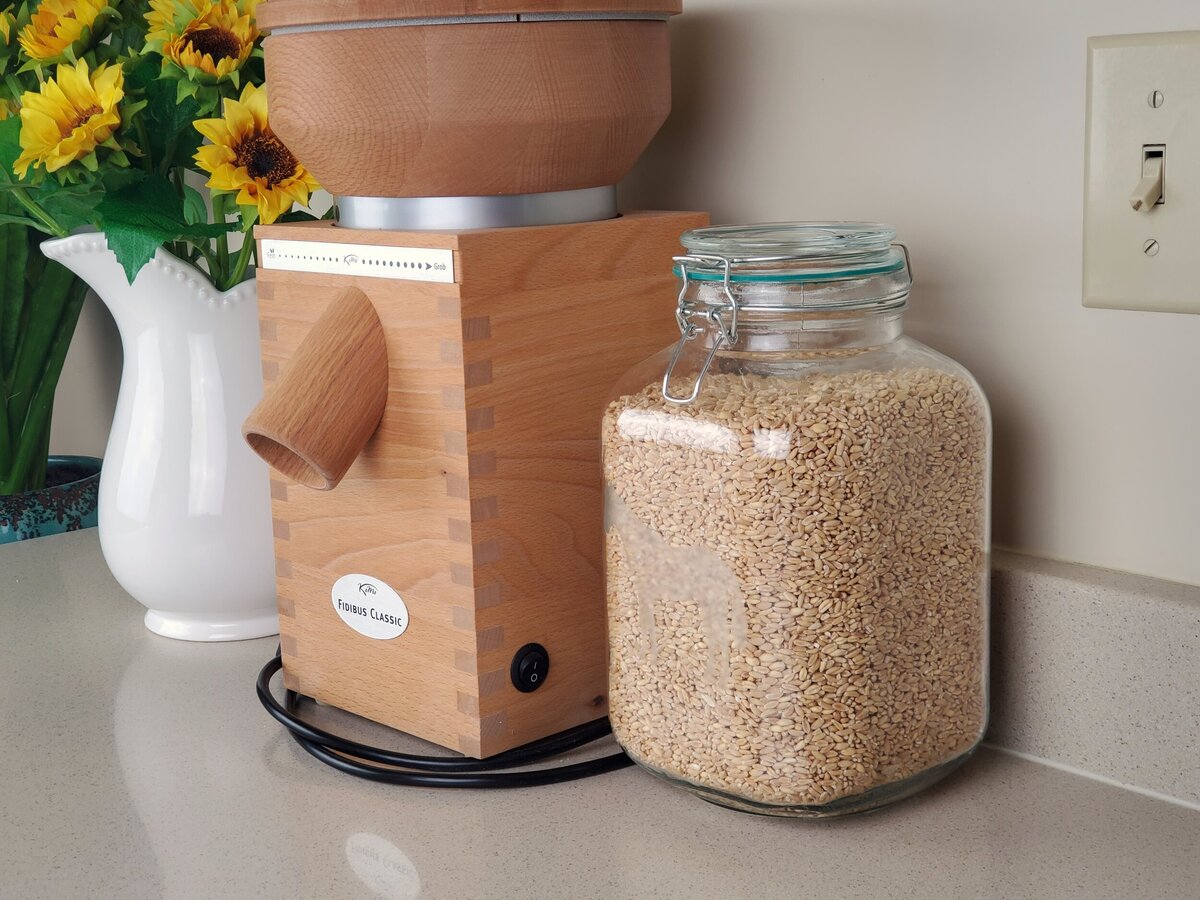
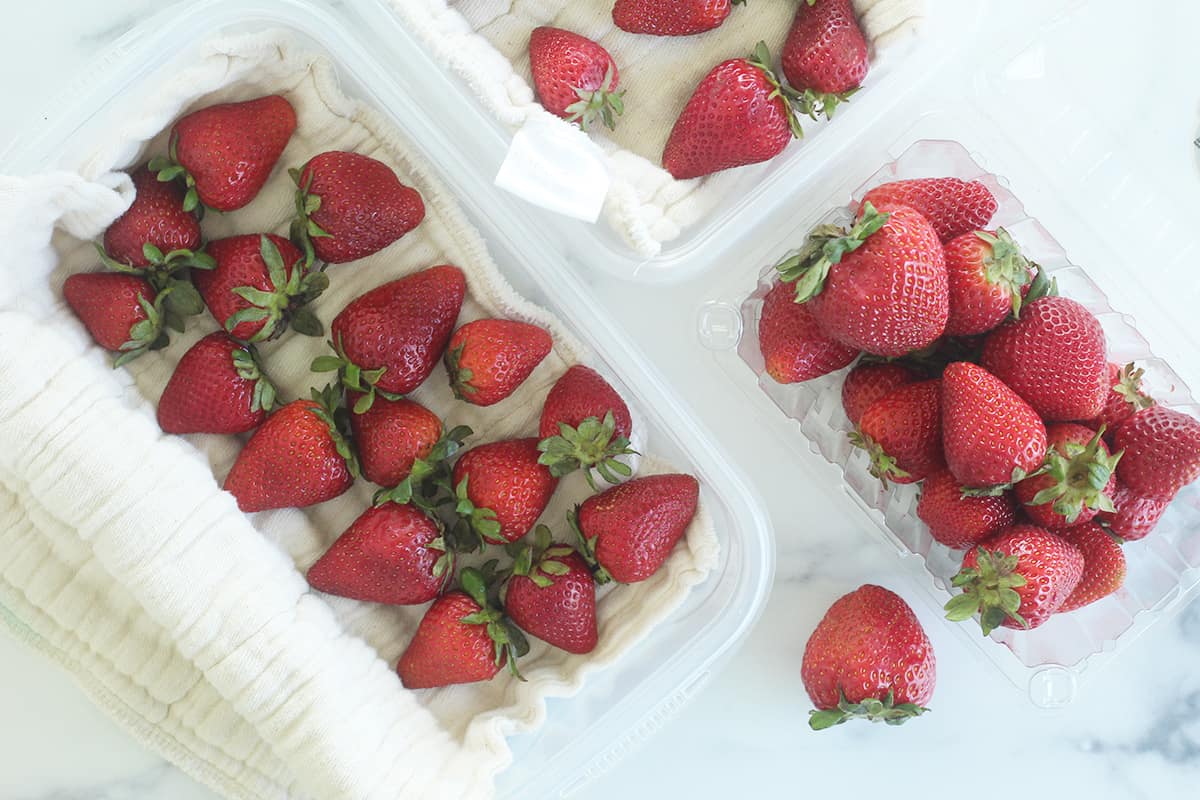
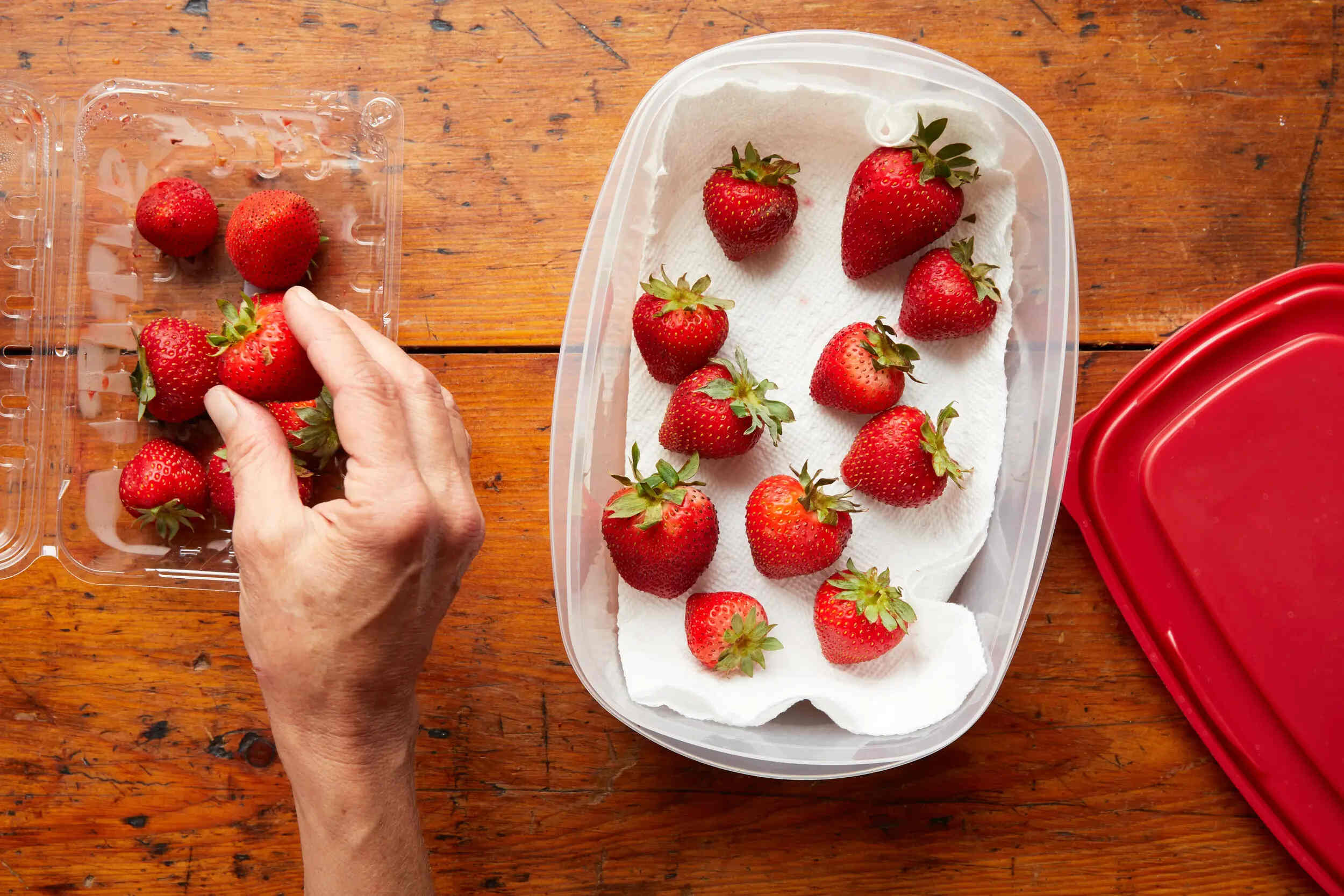

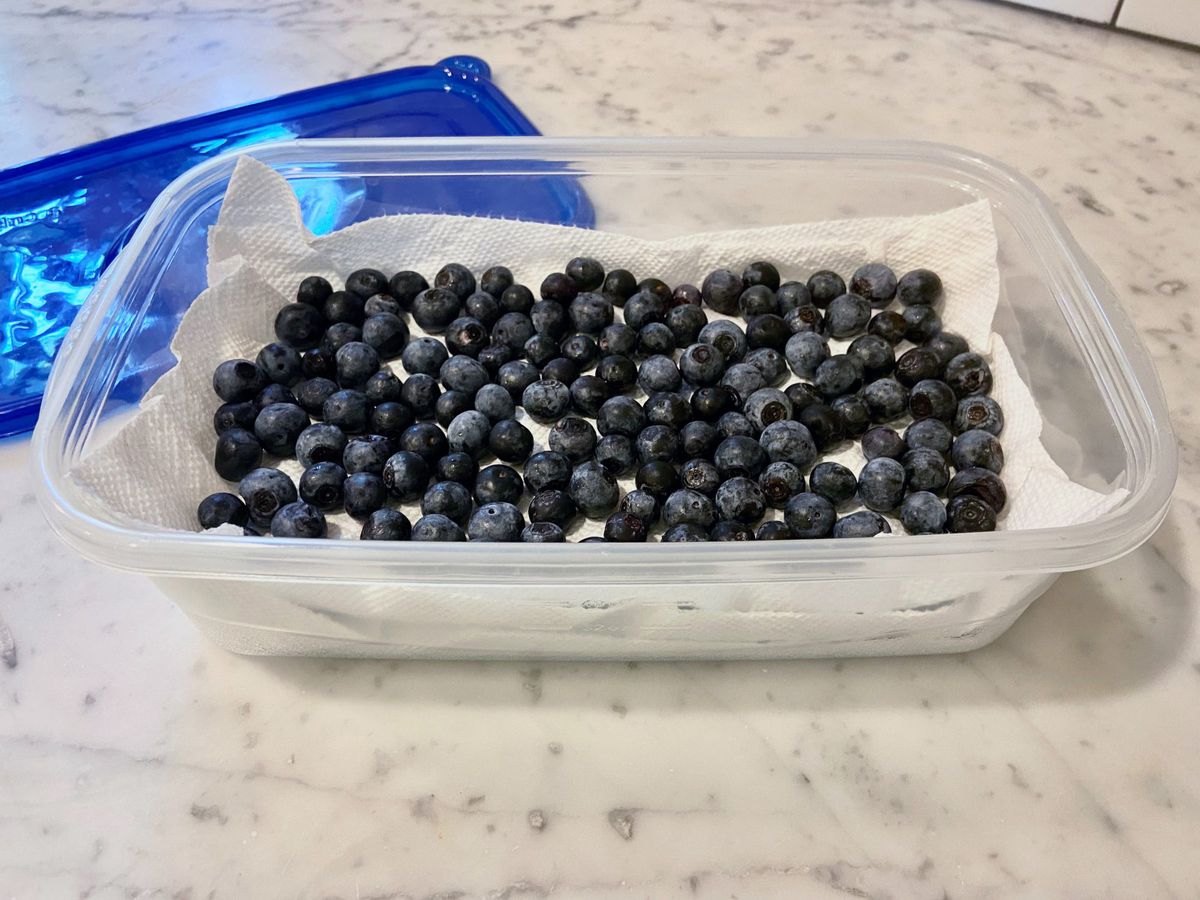

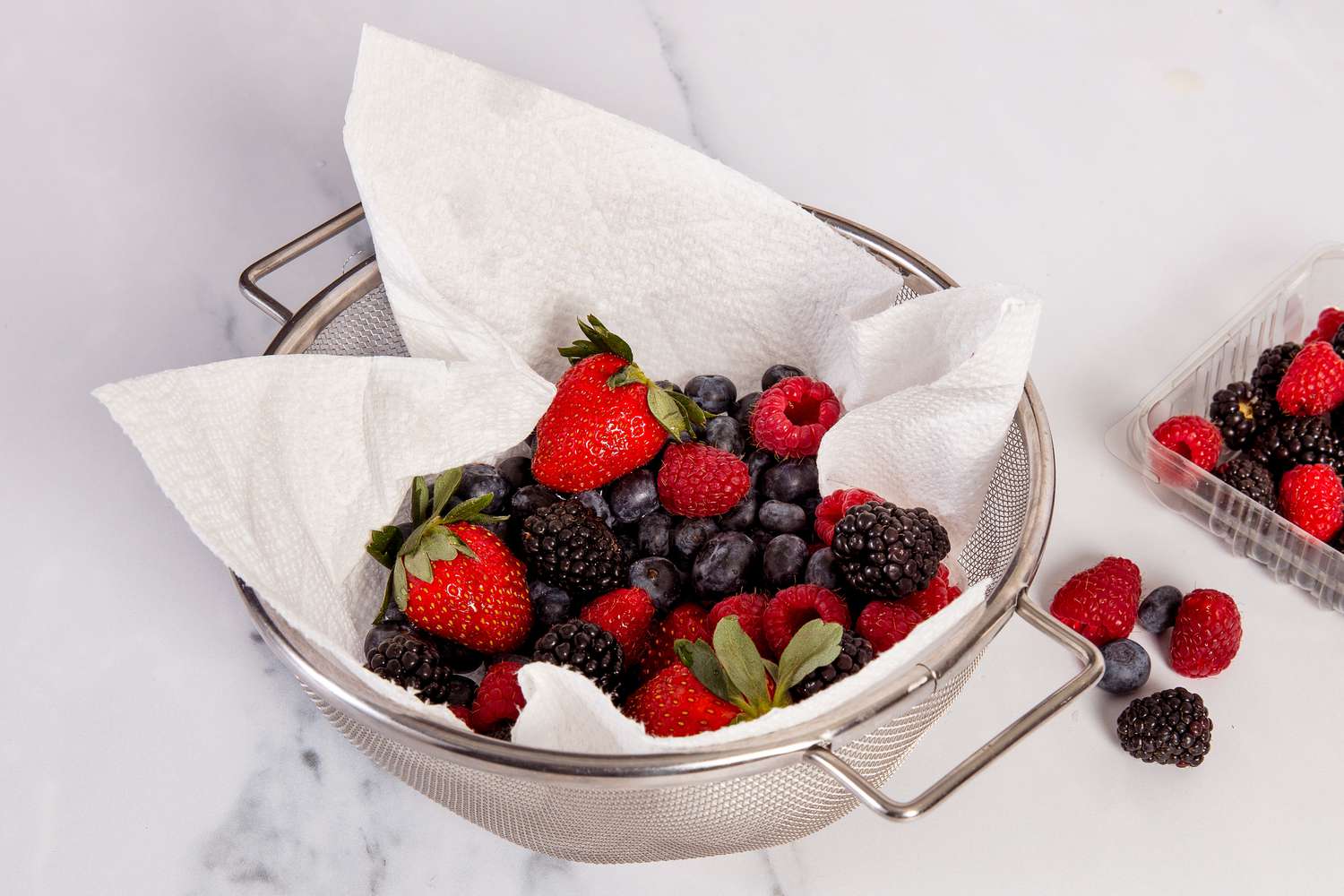
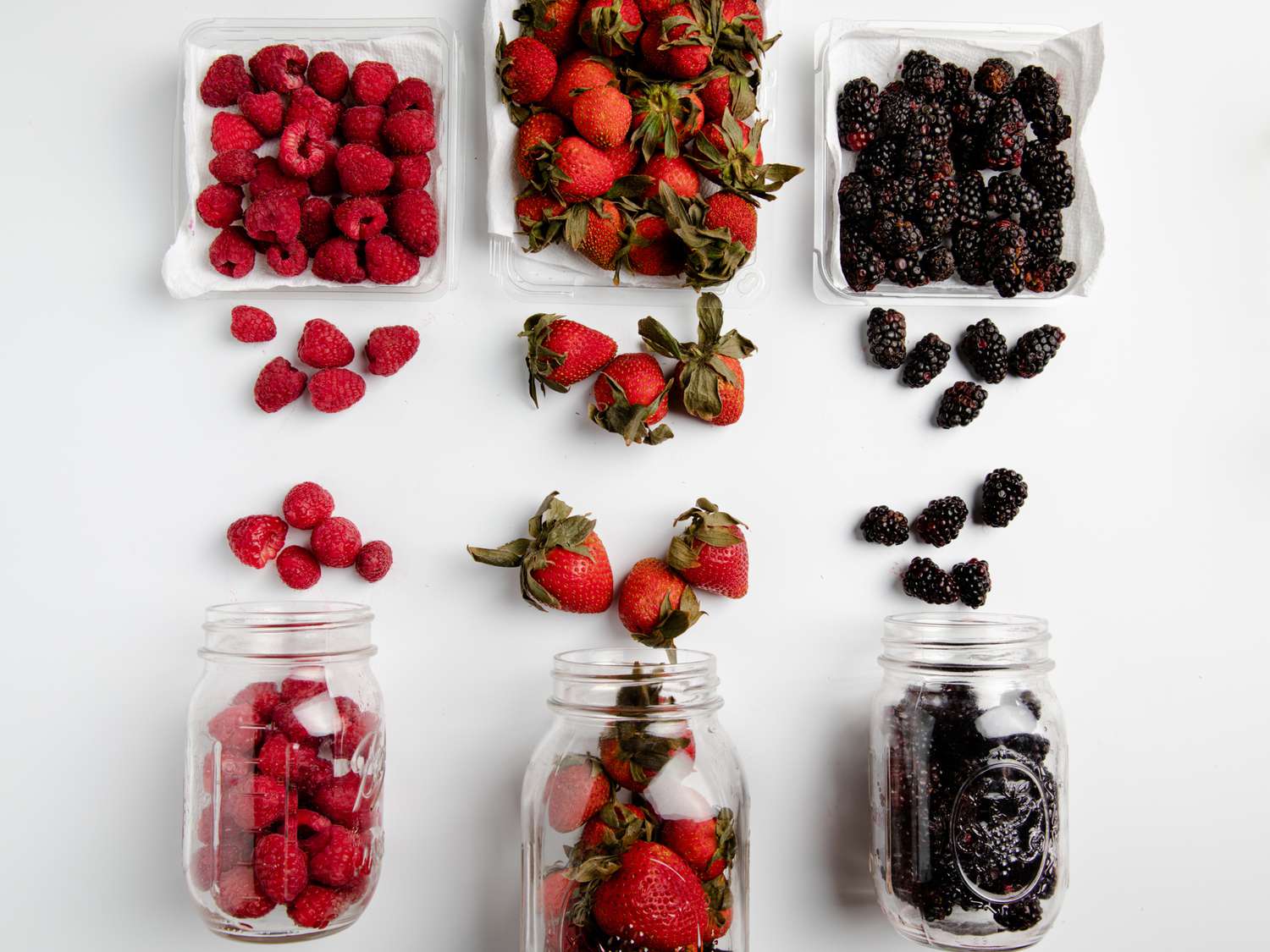
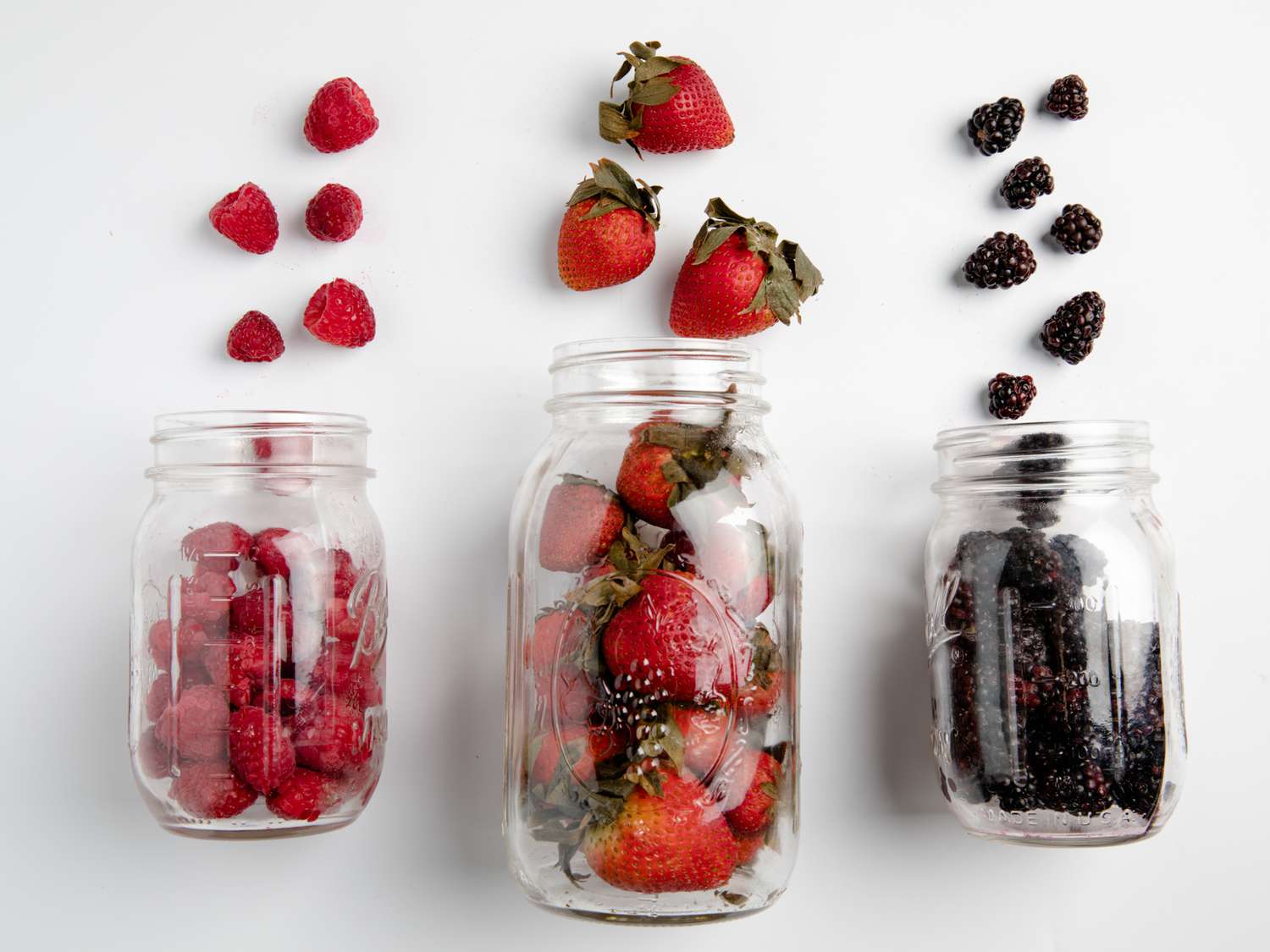
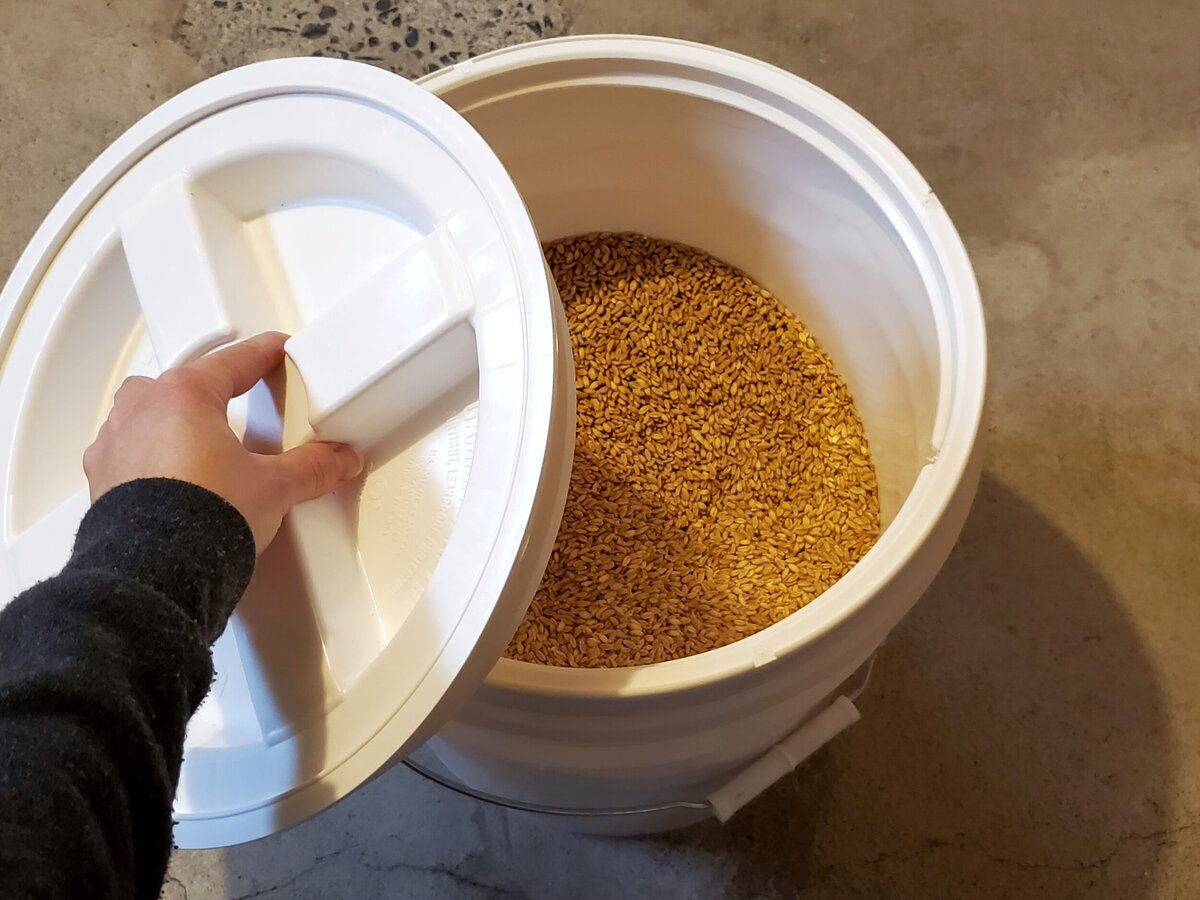
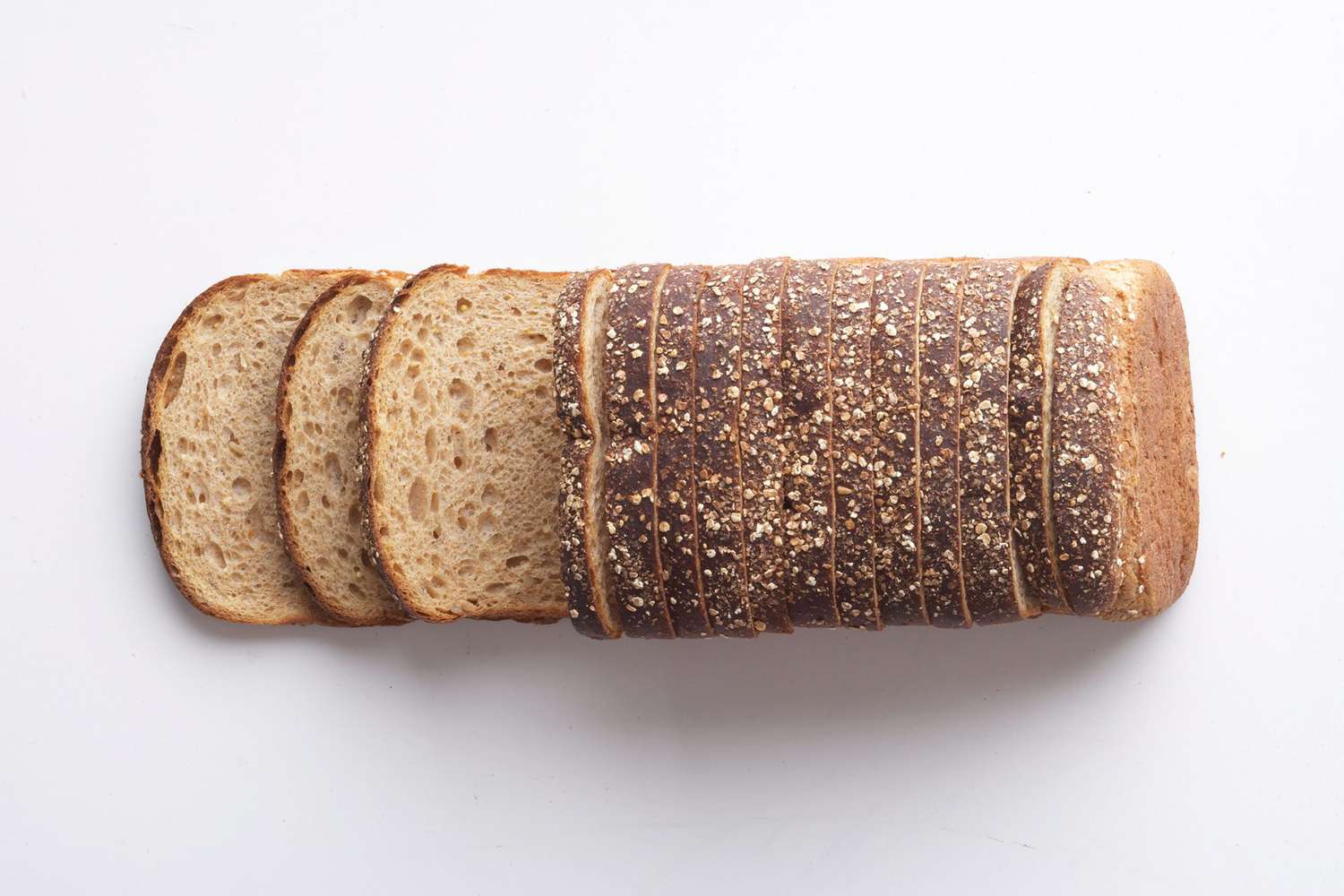
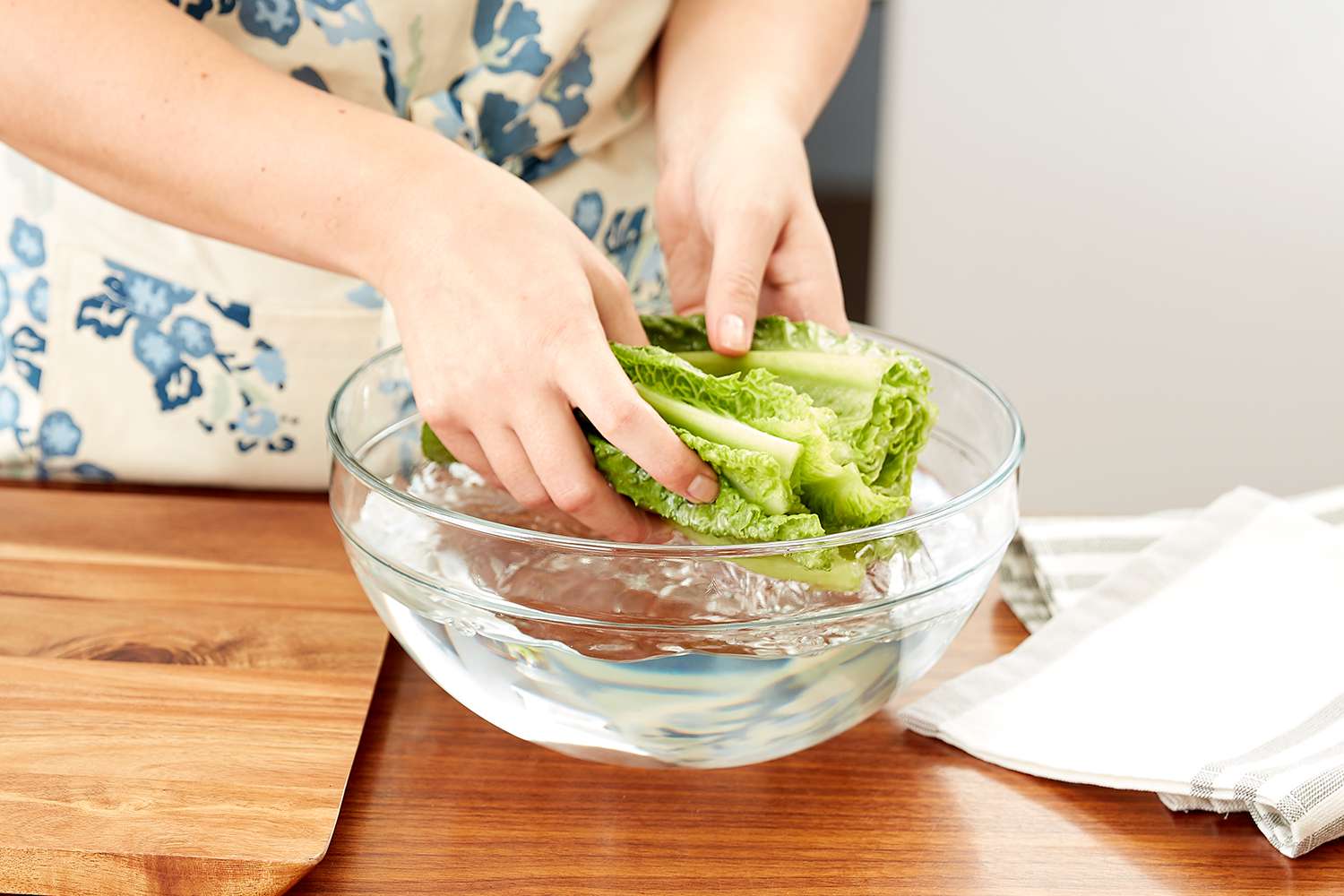
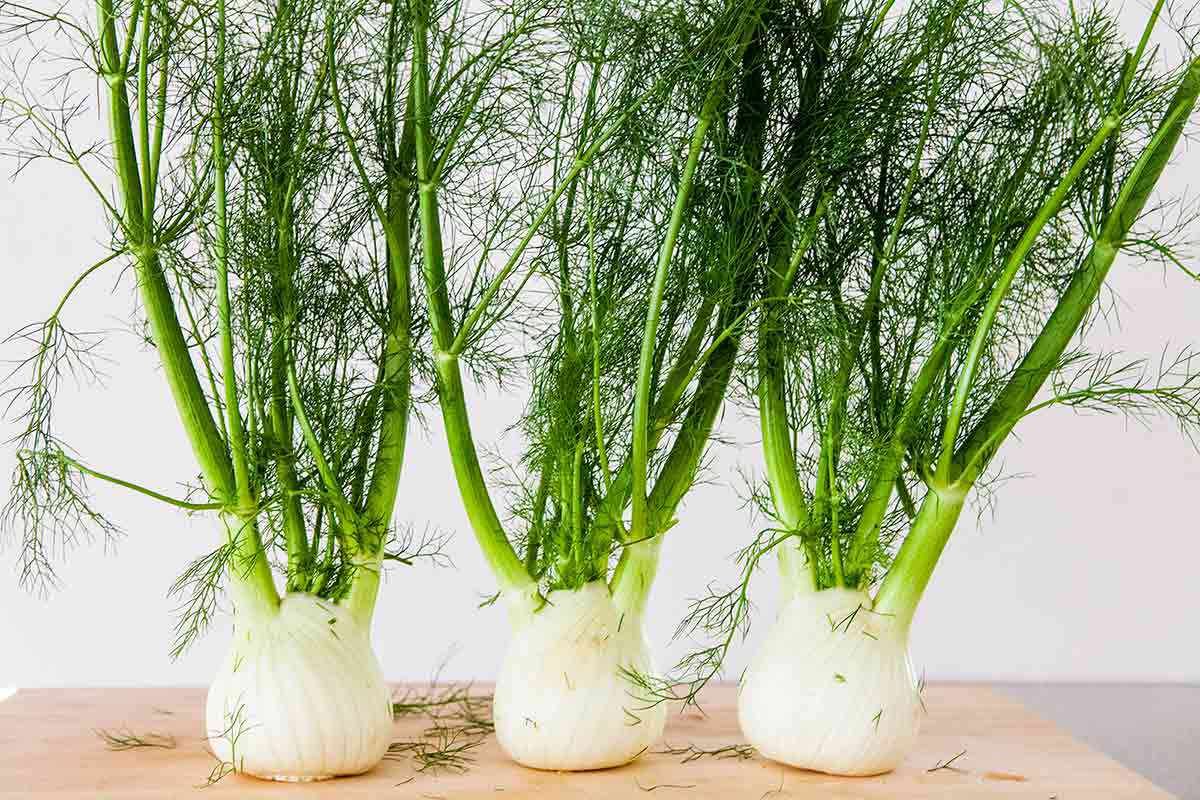


0 thoughts on “How To Store Fresh Berries”